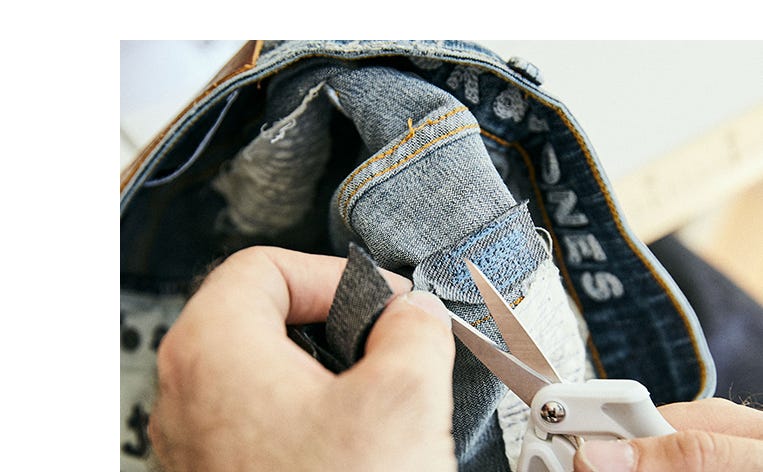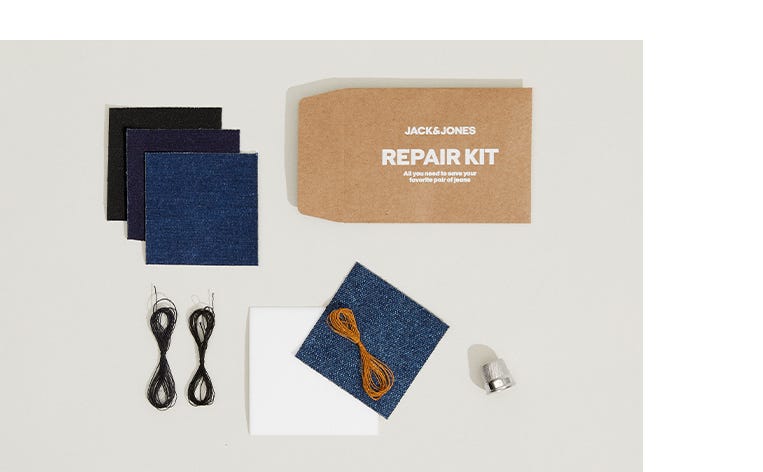
REDUCING OUR FOOTPRINT FROM THE FACTORY TO YOUR FRONT DOOR
From when a product leaves the manufacturer’s factory to the moment it reaches your hands (and beyond), we are finding new, efficient ways to reduce our footprint. For us, that is what ‘Better Retail’ is all about.
Since the end of 2021 our own and operated buildings are covered by 100% renewable electricity. We are also reviewing and reducing how much electricity we use, beginning with our owned and operated buildings. We have a target to reduce our overall energy consumption in these buildings by 30% (from 2018) by 2025.
Reducing waste is another focus for us. A heck of a lot of time, energy and resources goes into the clothes we make, and we want that to change. That is why we are focused on incorporating a circular mindset and lean production principles into the way we design, make, package, store and transport our products.
Speaking of packaging. From the bags protecting your clothing in transport, to the boxes you receive your orders in, we are working hard to reduce what we create and use. Increasingly, the packaging we use is made from recycled or responsibly sourced materials, with hangtags and care labels getting the same treatment. By 2025, all consumer-facing packaging will be 100% reusable, recyclable or compostable.
And because how you care for your clothes is an important piece of the sustainability puzzle, we offer care guides and repair kits to help you keep your JACK & JONES clothes in action for as long as possible. When it really is time to let go of your favorite t-shirt, top or jeans, our partnerships with Fashion to Fiber, I:Collect and Nivogo means we are able to reuse, repurpose and recycle as much as possible.
TAKING CLIMATE ACTION ACROSS OUR OPERATIONS
Improving the climate impact of our whole supply chain means making positive changes to the way we operate. From our total energy consumption down to which light bulbs we use, every aspect of JACK & JONES is being reviewed and worked on, because it all adds up right? We are proud to say that as of 2021, all of our owned and operated buildings are powered by 100% renewable electricity. We are going digital for more events, designing new ways to reduce electricity and material use.
In 2021, we hit our target of covering all of our owned and operated buildings by 100% renewable electricity. And by 2025, in line with target, our goal is
to reduce our overall global energy consumption in owned and operated buildings by 30%.
The journey to reduce our climate impact starts at HQ. We are transitioning to digital events for things like product launches and training to help reduce our energy consumption and lessen carbon emissions from travel.
At our retail stores, we are tackling energy use across lighting, heating, ventilation and air conditioning as well as phasing out the use of gas, oil and refrigerants through BESTSELLER’s Store FWD program. We have been using energy-saving LED light bulbs for years and we are constantly upgrading our lighting to the most energy efficient ‘smart’ LED bulbs.
Within our warehouses and distribution centers, we have implemented energy-efficient features like high-speed doors to limit heat loss. With e-commerce deliveries, we are transitioning to vehicles powered by biodiesel, hydrogen or electricity. Our partnership with Maersk means clothes sent from our manufacturers to local warehouses will be sent by sea using only biofuel certified by the International Sustainability and Carbon Certification (ISCC) body.
Through BESTSELLER’s holding company HEARTLAND, we have built Northern Europe’s biggest solar power plant, which is a cornerstone in covering the electricity the entire BESTSELLER group consumes in our owned and operated offices, stores, warehouses and distribution centers. In fact, the plant produces more than we use so that more renewable electricity will be available for everyone. You can learn more about the project here.
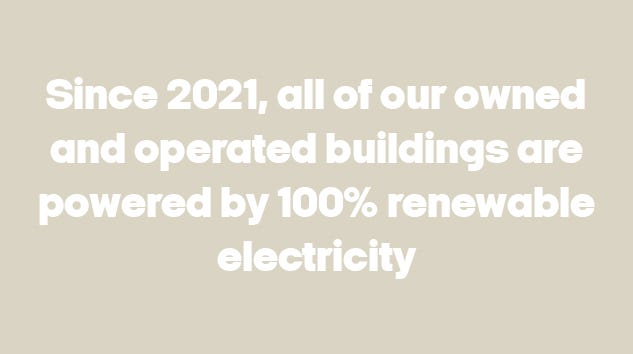
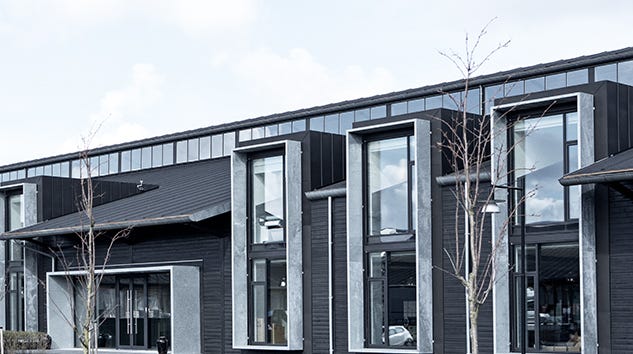
WORKING TO MAKE “WASTE” A THING OF THE PAST
“Less is more”. True when it comes to style and true when it comes to using valuable resources. By 2025, 100% of key waste streams from our head offices and logistics centers, like paper, cardboard, metal and plastic, will be recycled or reused. Across the board, we are taking an “everyone in” approach to explore waste-saving ideas from on-site cleaning to an online portal for analyzing returns.
In recent years, we have been testing various circular business models and implementing the ones that we can see working at scale.
We are also focused on reducing waste in other areas of our operations. For example:
● In 2020, a team across BESTSELLER tested over 100 ideas
to find ways to reduce the number and impact of the online returns we receive. For instance, we installed cleaning equipment at our Returns Center in Poland, meaning we no longer have to send products to an external partner to be cleaned. This relatively small change avoids the need for additional travel and has lessened the use of water, paper and alternative chemicals. We have created a new online return portal to help us understand why people are returning items, which items they are returning and when. This information is being used by our design and buying teams to help us avoid any recurring issues.
CHANGING HOW WE PACKAGE AND TAG OUR PRODUCTS
Bags, boxes, hang tags, labels — it all adds up. That is why changing how we package and tag our products is a big priority for us. We are phasing out virgin plastic and opting for recycled materials, while designing new processes that cut our need for packaging all together. Since beginning of 2022, all plastic polybags used to protect and ship JACK & JONES products come from recycled sources. All our paper-based tags such as e.g. hangtags, jacrons and batches are made with Forest Stewardship Council (FSC) certified paper and our care labels are 100% recycled polyester. By 2025, all consumer-facing packaging will be 100% reusable, recyclable or compostable.
Right now all of our polybags, which are used to protect clothes in transport, are made from third party certified recycled plastic. It
is our policy that any new plastic packaging be designed to ensure high quality recycling — like being made of one material, with no coloring and labels that can easily be removed — so that it meets mass-recycling standards.
100% of our hang tags are produced with [Forest Stewardship Council] (FSC) certified paper or cardboard. We are also looking at alternative materials like felt and silicone for tags and other types of packaging.
Our care labels that tell you important things like how to wash your item and if an item can be ironed are 100% third party certified recycled polyester. Since 2022, all of our woven labels are made with 50% recycled polyester yarn.
Since beginning of 2022 all our packaging material for e-commerce is made of 100% recycled materials – from our shipping boxes and bags to shipping labels. Even the glue of the shipping label and closure is made of natural materials.
Recycling is only part of the story though. We want to minimize our use of packaging overall. We are on track to reduce our use of polybags by 30% in 2022. We have designed new shipping boxes to reduce waste, energy use and the amount of material needed. They are also smaller, meaning more boxes to each shipping pallet minimizing our storage and transport needs.
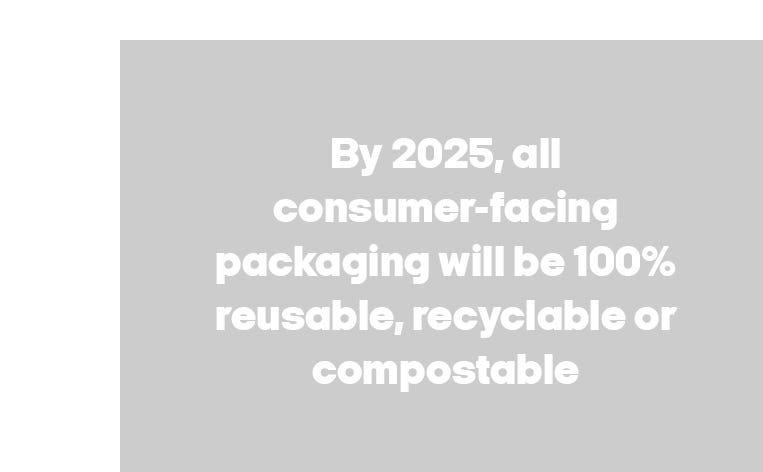

HELPING YOU CARE FOR, REPAIR AND RECYCLE YOUR CLOTHES
The lived-in look. It is a style that never goes out of fashion. Handy too, as keeping hold of your clothes for a long time is the most sustainable thing you can do. At JACK & JONES, we are all about designing quality clothing that lasts — it is literally woven into the fabric of what makes us, us. Check out The LAB to see our process in action and read our guide to taking care of your clothes here. Many rips and tears can be fixed with our repair kits or with the help of a tailor. We are increasing our recycling initiatives to reuse and repurpose what is already out there.
Taking good care of your clothes means less washing — something we can all get behind, especially when that also means you are saving water and energy (great for your utilities bill). We want to make
caring for your products easy, which is why we have created a handy Caring for your Clothes guide and why we are rolling out simplified care instructions printed on the pocket lining on certain jeans.
Want to keep your favorite pair of blues? Fixing your clothes with our handy repair kits, visiting your local tailor is much better for the environment than buying something new. We offer repair services in collaboration with local tailors in all our own stores.
At some stage, even the best quality clothes will no longer be wearable. In the end of 2022, our colleagues in the Netherlands partnered up with Fashion to Fiber to collect old clothing in all our own JACK&JONES stores (54) in Netherlands. We could collect 13 bags of old textiles in the first month. Fashion to Fiber offers different processing options like reuse as second-hand clothing or processing of recycled fibre. The company takes care of the entire process from sorting, repair, resale to recycling into new raw materials.
Since April 2022, we have a partnership with I:Collect to collect old clothes for recycling in 10 stores in Germany. After leaving our stores, items get taken to a sorting facility to determine what their next best possible use is - reuse over recycling is the mindset here. In Turkey we have a collaboration with Nivogo who collect, sort and resell overstock, returns and claims from our stores to make sure nothing goes to waste.
